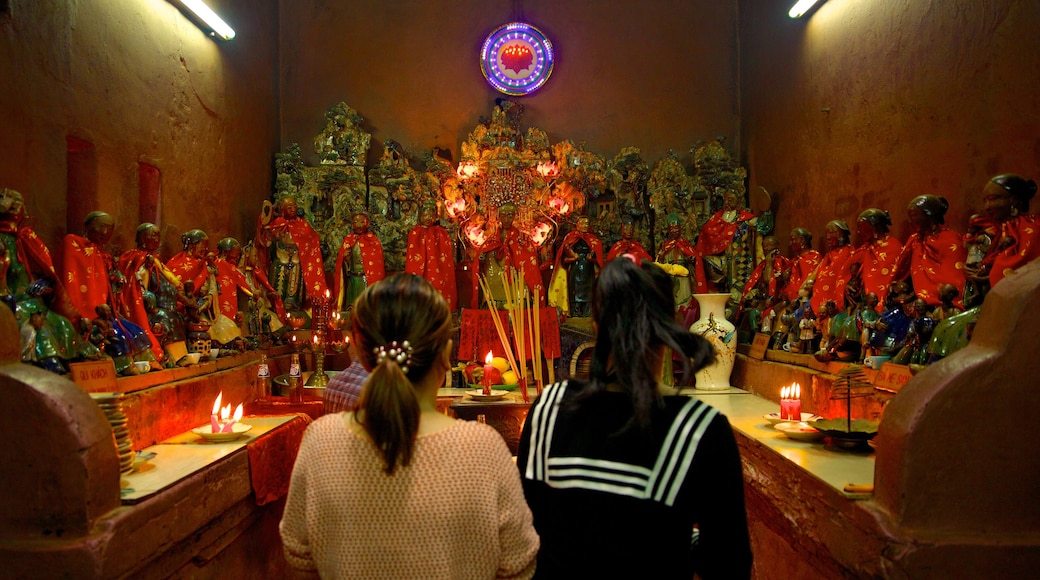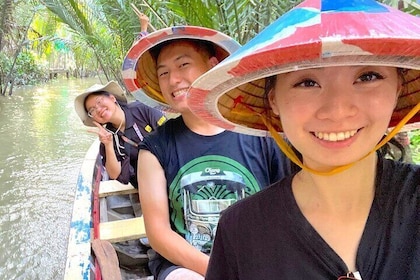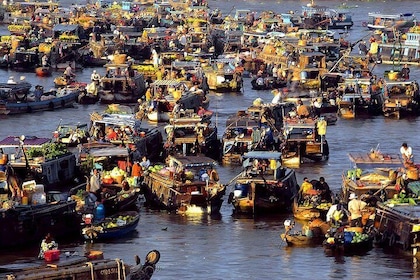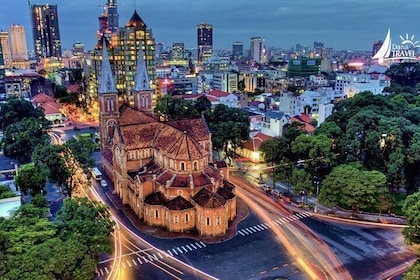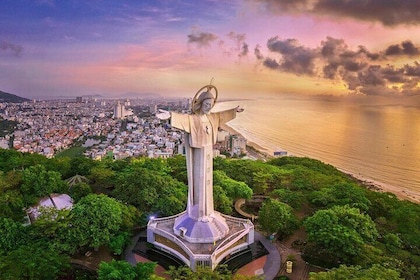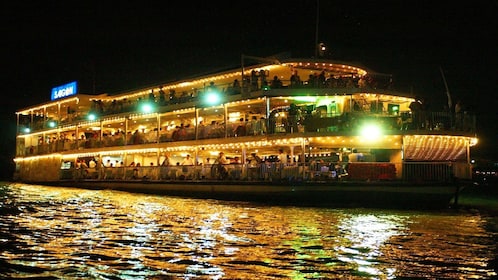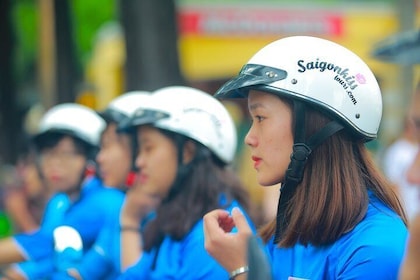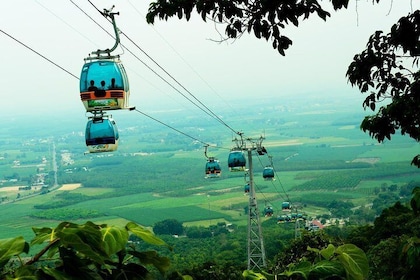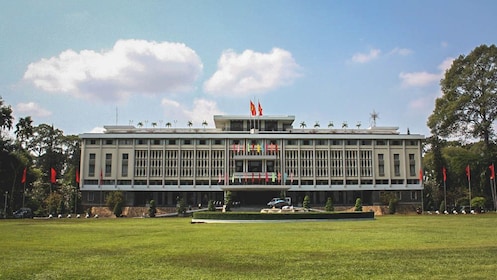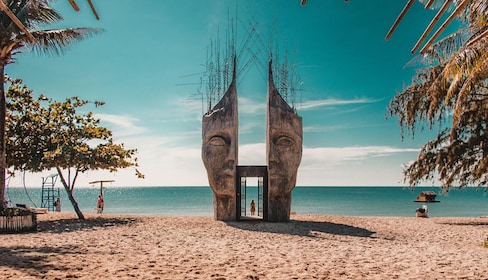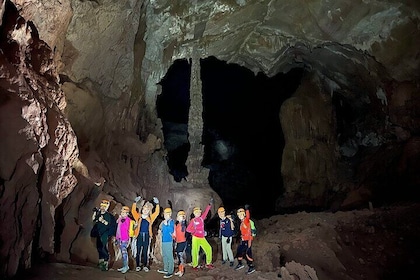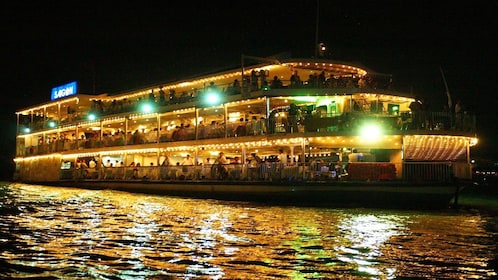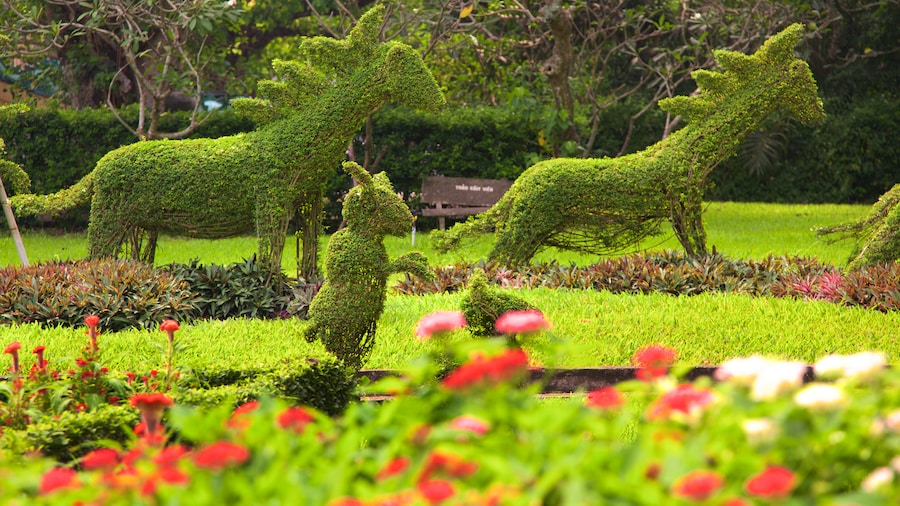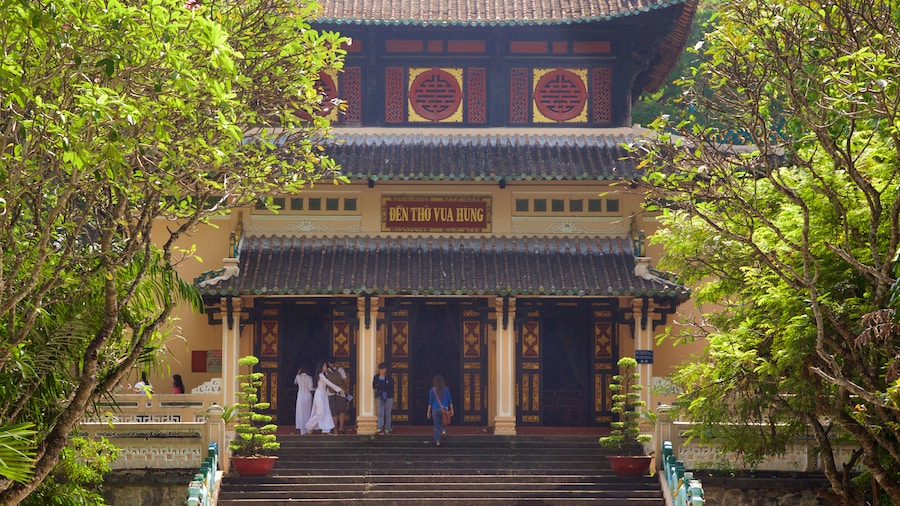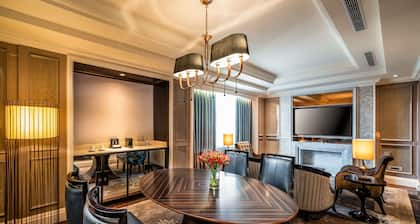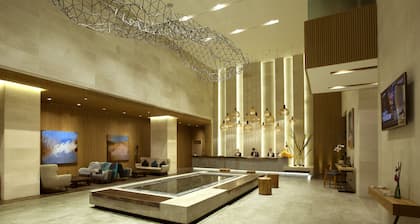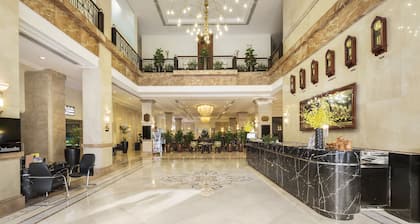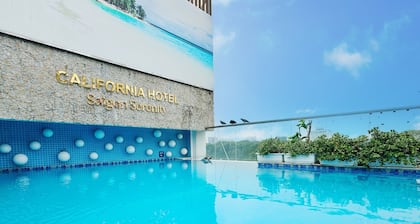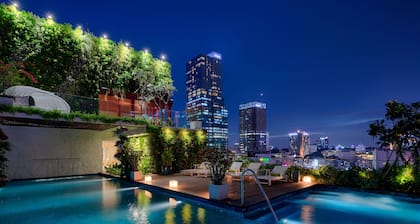Built in 1909 for Cantonese migrants, the Jade Emperor Pagoda remains in use as a functioning temple to this day and is a significant spot for Taoist as well as Buddhist worshippers.
All kinds of visitors head there to see its impressive woodcarvings and intricate tile work, not to mention its large tortoise population which have led to it being dubbed the Tortoise Pagoda.
The pagoda’s entrance is typically busy: you’ll see monks and worshippers throughout the courtyard when you first arrive. When you do venture inside you’ll be met with the heady smell of burning incense and a striking carving of the Jade Emperor, the Taoist ruler of Heaven, standing beneath an intricately-designed roof. Wander around the temple rooms at your leisure, and then head out to explore the roof terrace overlooking the pagoda and its surroundings.
One of the temple’s most popular spots is the Hall of Ten Hells, where you’ll find towering carvings that depict the pain and suffering awaiting those who go to hell. Elsewhere in the temple, there are halls dedicated to the goddesses of health and fertility.
One of many temples throughout Ho Chi Minh City, the Jade Emperor Pagoda is always teeming with visitors, whether tourists or worshippers from near and far. If you arrive early in the morning, you’ll stand a better chance of beating the tourist rush and mixing with the locals who regularly come here. Back outside the temple, meanwhile, you can buy a small tortoise before releasing it into the pond, a gesture meant to symbolise hope.
Situated in District 1 of Ho Chi Minh City, the Jade Emperor Pagoda is open every day. It’s located away from most of the city’s major attractions, but nonetheless is easy to reach by taxi or bus. This attraction may not be a suitable venue if you have small children with you. They might find some of the imagery and the smell of burning incense overpowering.
